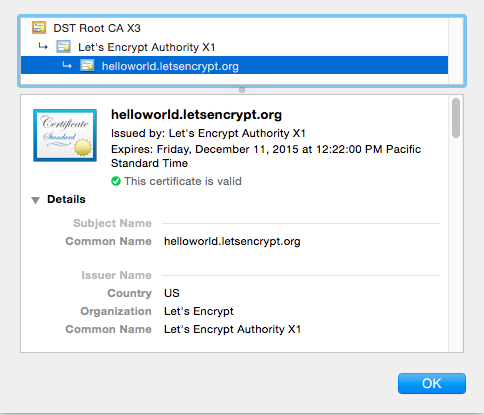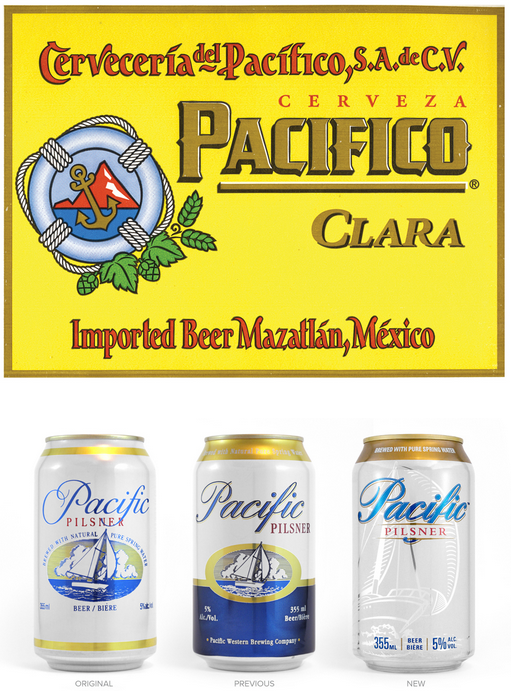Published on 18 Mar 2015
We understand cost curves and entry and entry/exit decisions. Now we are going to explore how each firm’s decisions influence the supply curve. Here’s the key question: As industry output increases, what happens to costs? We look at three options: an increasing cost industry, a constant cost industry, and a decreasing cost industry.
First up, we look at oil as an example of an increasing cost industry. Other examples of increasing cost industries include copper, gold, and silver, coffee, and even the profession of nuclear engineers.
October 29, 2015
Entry, Exit, and Supply Curves: Increasing Costs
An unfortunate side-effect of popular sword-and-sorcery novels/movies/TV shows
Far too many people have incredibly unrealistic views of what a “sword fight” actually looked like, thanks to fantasy novels, big-budget Hollywood movies, and TV shows. For example, one of the quickest ways to lose a swordfight? The stereotypical “spin move”. It may not get you killed every time, but it gives your opponent a great opportunity to finish the fight before you get fully turned around. Cédric Hauteville does his best to bring a bit of reality into modern day understanding about what was really involved in face-to-face combat with swords in his new documentary Back to the Source:
For a change, a sensible trademark ruling
Timothy Geigner on a remarkably sensible trademark judgement from a BC court:
For this, we travel up to Canada, where a Federal Court judge presided over a trademark dispute between Pacific Western Brewing and Cerveceria del Pacifico over the branding of their brews. At issue was the labels on packaging for PWB’s Pacific Pilsner and Cerveceria’s Pacifico Clara. PWB argued at court that the branding and language was too similar and would confuse customers. Here are samples of each beer’s branding.
So, yeah, other than roughly similar uses of the word “Pacific”, there’s not a whole lot of similarity here. Normally, this is about when we’d hold our collective breaths and wait to see if the court comes down with a sensible ruling based on the likelihood of customer confusion, or if the court instead chooses the over-protectionist route, focusing on the common language and nothing else. In this case, Justice Luc Martineau appears to have gotten every last bit of it right.
Martineau said the first impression given by the label Cerveceria uses for its Pacifico brand “is of its obviously foreign origin” and that it’s “highly stylized, with many distinctive design elements, including strong and contrasting colours and font in red, gold, blue, green and yellow.” He further said the label “differs visually, phonetically, and semantically” from all of the marks PWB uses for its Pacific brands of beers.
Martineau also dismissed as without merit PWB’s argument that contrary to a statement on the register, Cerveceria del Pacifico was not first sold in Canada as early as April 1986. He noted that an affidavit from Cerveceria stating the beer was introduced at Expo ’86, where it was sold at a Mexican restaurant called Ole Cantina, was not challenged by PWB counsel. By December 1989, Pacifico was listed with the B.C. Liquor Distribution branch and in August 1990, a registration protecting the mark was issued.
“The delay of almost 25 years before attempting to invalidate the registration weighs heavily against a finding of confusion,” Martineau said of PWB’s action.
Free HTTPS certificates coming soon
At Ars Technica, Dan Goodin discussed the imminent availability of free HTTPS certificates to all registered domain owners:

A nonprofit effort aimed at encrypting the entire Web has reached an important milestone: its HTTPS certificates are now trusted by all major browsers.
The service, which is backed by the Electronic Frontier Foundation, Mozilla, Cisco Systems, and Akamai, is known as Let’s Encrypt. As Ars reported last year, the group will offer free HTTPS certificates to anyone who owns a domain name. Let’s Encrypt promises to provide open source tools that automate processes for both applying for and receiving the credential and configuring a website to use it securely.
HTTPS uses the transport layer security or secure sockets layer protocols to secure websites in two important ways. First, it encrypts communications passing between visitors and the Web server so they can’t be read or modified by anyone who may be monitoring the connection. Second, in the case of bare bones certificates, it cryptographically proves that a server belongs to the same organization or person with control over the domain, rather than an imposter posing as that organization. (Extended validation certificates go a step beyond by authenticating the identity of the organization or individual.)
QotD: Culture, the arts, and elitism
Of course not all liberal-arts professors think this way, and not all universities have become cultural wastelands. There are yet islands of excellence in the dead sea of mediocrity, meretriciousness and cultural Marxist rot.
Let us stipulate that there are excellent liberal-arts programs and professors out there. What value do they bring to students?
The usual answer is that a committed teacher can inculcate in a student a lifelong love of the subject matter, whether it be ancient Greek sculpture or medieval French poetry or American jazz music. However, this happens seldom enough to bring the whole axiom into question. It’s the whole “you can bring a horse to water but you can’t make him drink it” problem. You can make a class full of bored young people listen to Mahler and explain to them why you think it’s wonderful, but the point is to convince them that it’s wonderful (or at least worth “appreciating”). This is a much harder task, and one that not many college professors are particularly good at.
This is called the “arts appreciation racket”, and it goes back to the Romantic belief that exposing the hoi polloi to high art would make them more well-rounded people. Somehow. The belief has persisted in spite of mounds of evidence to the contrary. Forcing people to imbibe high art is like forcing a kid to eat broccoli — not only will the kid probably spit it out, he will probably develop a lasting dislike for it. Without context and some motivating purpose, high art simply doesn’t have much relevance for most people.
This is not an inherently bad thing. “High art” has never really been aimed at or intended for a mass audience. The whole notion of “high art” implies a kind of elitism, as a calculus equation is elitist (if you don’t know calculus, the equation will not yield its meaning). The creation and consumption of high art requires a level of literacy, wealth, and leisure that until recently not many people had. But now we live in an age when the jewels of world culture can be had for almost nothing, immediately, anywhere. The limiting factor is no longer literacy, or wealth, or leisure time, but rather motivation. All prerequisites have been removed except the “Why?”. Why spend time listening to a Mozart concerto? Why attend a Wagner opera or study a Turner painting or look up at the ceiling of the Sistine Chapel? The problem with University liberal-arts programs is that they can only give you their “Why?”, not your own “Why?”.
Monty, “DOOM (culturally speaking)”, Ace of Spades H.Q., 2014-10-28.




